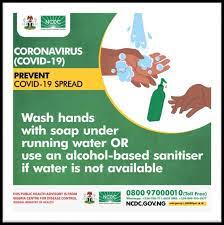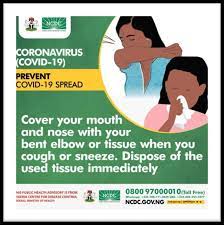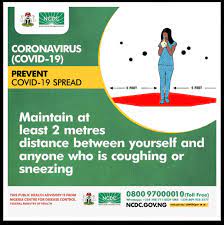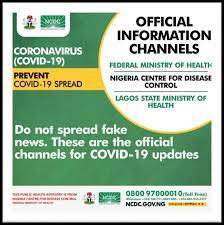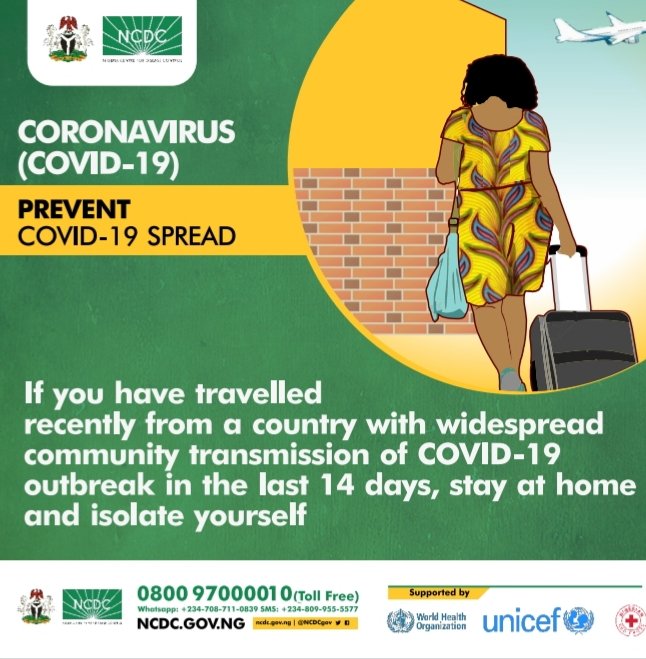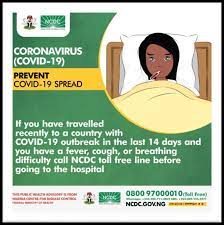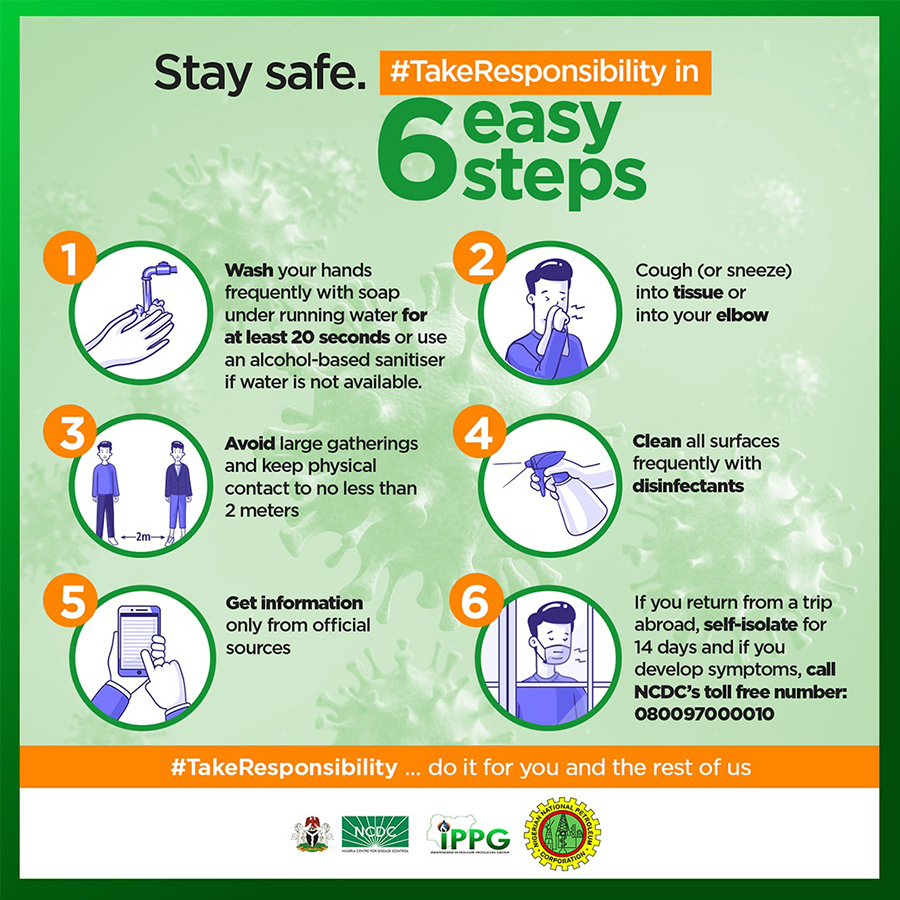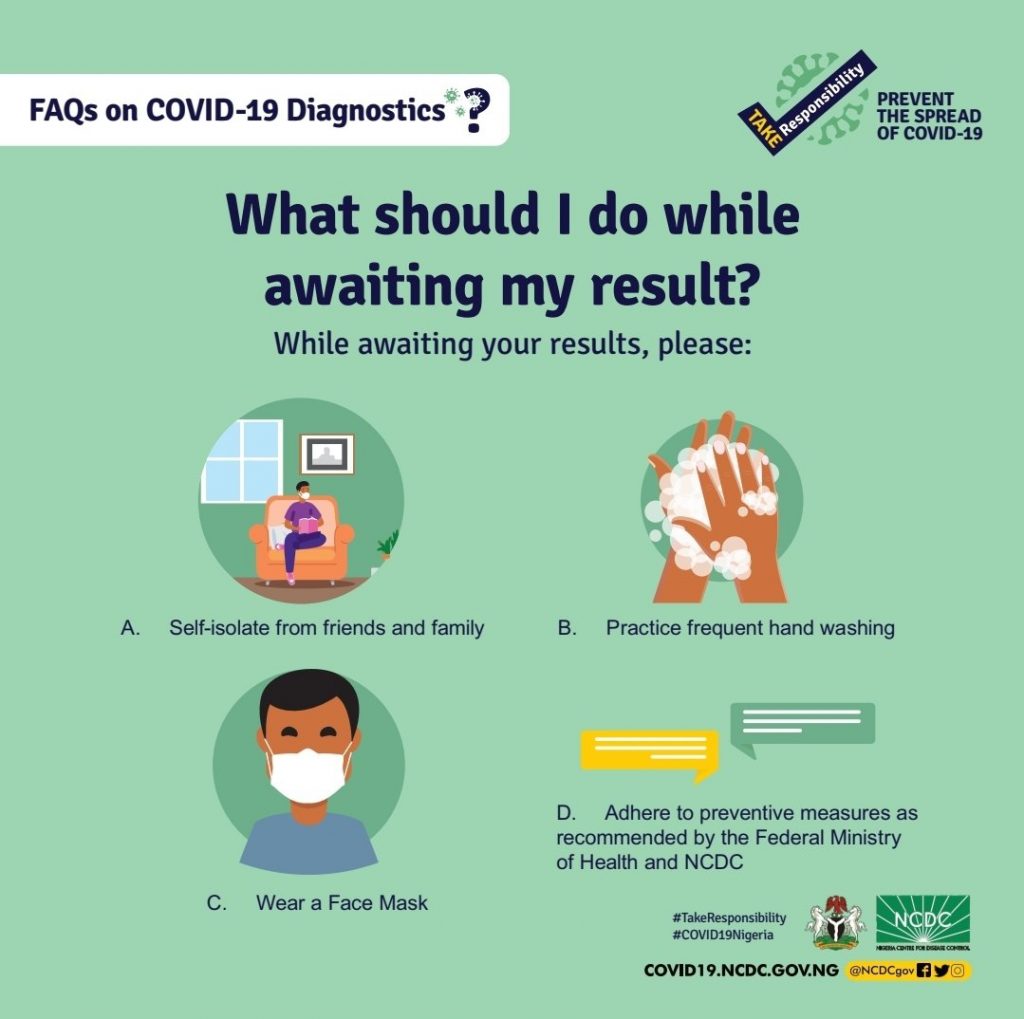MSIS Covid Policy
Are children at lower risk of COVID-19 than adults?
So far, data suggest that children under the age of 18 years represent about 8.5% of reported cases, with relatively few deaths compared to other age groups and usually mild disease. However, cases of critical illness have been reported. As with adults, pre-existing medical conditions have been suggested as a risk factor for severe disease and intensive care admission in children.
Further studies are underway to assess the risk of infection in children and to better understand transmission in this age group
What is the role of children in transmission?
As children generally have a milder illness and fewer symptoms, cases may sometimes go unnoticed. Importantly, early data from studies suggest that infection rates among teenagers may be higher than in younger children.
Considering that many countries are starting to slowly lift restrictions on activities, the longer-term effects of keeping schools open on community transmission are yet to be evaluated. Some modeling studies suggest that school re-opening might have a small effect on wider transmission in the community, but this is not well understood. Further studies are underway on the role of children in transmission in and outside of educational settings. WHO is collaborating with scientists around the world to develop protocols that countries can use to study COVID-19 transmission in educational institutions
Should children with underlying health conditions (asthma, diabetes, obesity) return to school?
Current evidence suggests that people with underlying conditions such as chronic respiratory illness including asthma (moderate-to-severe), obesity, diabetes, or cancer, are at higher risk of developing severe disease and death than people without other health conditions. This also appears to be the case for children, but more information is still needed
Should teachers and other staff with underlying health conditions return to school?
What is the incubation period for children?
What should be considered when deciding whether to re-open schools or keep them open?
Several elements should be assessed in deciding to re-open schools or keep them open:
- The epidemiology of COVID-19 at the local level: This may vary from one place to another within a country
- Benefits and risks: what are the likely benefits and risks to children and staff of open schools? Including consideration of:
- Transmission intensity in the area where the school operates: No cases, sporadic transmission; clusters transmission or community transmission
- The overall impact of school closures on education, general health and wellbeing; and on vulnerable and marginalized populations (e.g. girls, displaced or disabled)
- Effectiveness of remote learning strategies
- Detection and response: Are the local health authorities able to act quickly?
- The capacity of schools/educational institutions to operate safely
- Collaboration and coordination: Is the school collaborating with local public health authorities?
- The range of other public health measures being implemented outside school
What are the prevention and control measures to be prepared and put in place in schools?
WHO recommends the following:
Community-level measures: Carry out early detection, testing, contact tracing, and quarantine of contacts; investigate clusters; ensure physical distancing, hand and hygiene practices, and age-appropriate mask use; shield vulnerable groups. Community-led initiatives such as addressing misleading rumors also play an important role in reducing the risk of infection.
Policy, practice, and infrastructure: Ensure the necessary resources, policies, and infrastructure, are in place that protect the health and safety of all school personnel, including people at higher risk.
Behavioral aspects: Consider the age and capacity of students to understand and respect measures put in place. Younger children may find it more difficult to adhere to physical distancing or the appropriate use of masks.
Safety and security: School closure or re-opening may affect the safety and security of students and the most vulnerable children may require special attention, such as during pick-up and drop-off.
Hygiene and daily practices at the school and classroom level: Physical distancing of at least 1 meter between individuals including spacing of desks, frequent hand and respiratory hygiene, age-appropriate mask use, ventilation, and environmental cleaning measures should be in place to limit exposure. Schools should educate staff and students on COVID-19 prevention measures, develop a schedule for daily cleaning and disinfection of the school environment, facilities, frequently touches surfaces, and ensure availability of hand hygiene facilities and national/local guidance on the use of masks.
Screening and care of sick students, teachers, and other school staff: Schools should enforce the policy of “staying home if unwell”, waive the requirement for a doctor’s note, create a checklist for parents/students/staff to decide whether to go to school (taking into consideration the local situation), ensure students who have been in contact with a COVID-19 case stay home for 14 days, and consider options for screening on arrival.
Protection of individuals at high-risk: Schools should identify students and teachers at high risk with pre-existing medical conditions to come up with strategies to keep them safe; maintain physical distancing and use of medical masks as well as frequent hand hygiene and respiratory etiquette.
Communication with parents and students: Schools should keep students and parents informed about the measures being implemented to ensure their collaboration and support.
Additional school-related measures such as immunization checks and catch-up vaccination programs: Ensure continuity or expansion of essential services, including school feeding and mental health and psycho-social support.
Physical distancing outside classrooms: Maintain a distance of at least 1 meter for both students (all age groups) and staff, where feasible.
Physical distancing inside classrooms:
In areas with community transmission of COVID-19, maintain a distance of at least 1 meter between all individuals of all age groups, for any schools remaining open. This includes increasing desk spacing and staging recesses, breaks, and lunch breaks; limiting the mixing of classes and of age groups; considering smaller classes or alternating attendance schedules, and ensuring good ventilation in classrooms.
In areas with cluster-transmission of COVID-19, a risk-based approach should be taken when deciding whether to keep a distance of at least 1 meter between students. Staff should always keep at least 1 meter apart from each other and from students and should wear a mask in situations where 1-meter distance is not practical.
In areas with sporadic cases/no cases of COVID-19, children under the age of 12 should not be required to keep physical distance at all times. Where feasible, children aged 12 and over should keep at least 1 meter apart from each other. Staff should always keep at least 1 meter from each other and from students and should wear a mask in situations where 1-meter distance is not practical. Remote learning: Where children cannot attend classes in person, support should be given to ensure students have continued access to educational materials and technologies (internet, texting radio, radio, or television), (e.g. delivering assignments or broadcasting lessons). Shutting down educational facilities should only be considered when no alternatives are available
Checklist for parents/caregivers and community members
- Monitor your child’s health and keep them home from school if they are ill.
- Teach and model good hygiene practices for your children:
- Wash your hands with soap and safe water frequently. If soap and water are not readily available, use an alcohol-based hand sanitizer with at least 60% alcohol. Always wash hands with soap and water, if hands are visibly dirty.
- Ensure that safe drinking water is available and toilets or latrines are clean and available at home.
- Ensure waste is safely collected, stored, and disposed of.
- Cough and sneeze into a tissue or your elbow and avoid touching your face, eyes, mouth, and nose.
- Encourage your children to ask questions and express their feelings with you and their teachers. Remember that your child may have different reactions to stress; be patient and understanding.
- Prevent stigma by using facts and reminding students to be considerate of one another.
- Coordinate with the school to receive information and ask how you can support school safety efforts (through parent-teacher committees, etc),.
Checklist for students and children
- In a situation like this, it is normal to feel sad, worried, confused, scared, or angry. Know that you are not alone and talk to someone you trust, like your parent or teacher so that you can help keep yourself and your school safe and healthy.
- Ask questions, educate yourself and get information from reliable sources.
- Protect yourself and others:
- Wash your hands frequently, always with soap and water for at least 20 seconds.
- Remember to not touch your face, eyes, nose, and mouth.
- Do not share cups, eating utensils, food, or drinks with others.
- Be a leader in keeping yourself, your school, family, and community health.
- Share what you learn about preventing disease with your family and friends, especially with younger children
- Model good practices such as sneezing or coughing into your elbow and washing your hands, especially for younger family members.
- Don’t stigmatize your peers or tease anyone about being sick; remember that the virus doesn’t follow geographical boundaries, ethnicities, age-ability, or gender.
- Tell your parents, another family member, or a caregiver if you feel sick, and ask to stay home.
What are the risks during transportation to and from schools?
- Promote and put in place respiratory and hand hygiene, physical distancing measures and use of masks in transportation such as school buses, in accordance with local policy.
- Provide tips for how to safely commute to and from school, including for public transportation.
- Organize only one child per seat and ensure physical distancing of at least 1 metre between passengers in school buses, if possible. This may require more school buses per school.
- If possible and safe, keep the windows of the buses, vans, and other vehicles open.
Based on guidance:
Considerations for school-related public health measures in the context of COVID-19
Clear and actionable guidance for safe operations through the prevention. By NCDC
